Gimkit has found a place in the heart of an educational tech sphere that can be defined as dynamic. It was the brainchild of one person who conducted a project that later turned into the powerhouse platform that makes the process of reviewing and conducting formative assessments a game-changing experience. But behind the flashy games students see—the frantic clicks in “Trust No One” or the strategic buys in “Humans vs. Zombies”—lies the true engine of pedagogical power: the Gimkit dashboard.
To the educators, this dashboard is much more than a mere menu; it is the mission place of the creation, management, and analysis of interactive learning. But also with many ways of being and doing comes a possible overwhelm.
A lot of different tabs and understanding of the data is difficult, and so is being able to apply all of the features. This comprehensive guide is designed to demystify your Gimkit dashboard entirely. We are going to guide you on each of the sections, the painless Kits tab as well as the enlightening Reports section, including all the hard-won tips and tricks.
As a Gimkit novice or even an experienced user trying to streamline your practice, utilizing your dashboard is the real key to understanding where to go next and how to engage your students. There is no use in waiting further; let us reach in there and make your dashboard into the most powerful teaching tool.
Key Takeaways:
- Your Gimkit dashboard is the central hub for creating content (Kits), hosting games, and analyzing student performance data.
- Reports section has invaluable and useful data on student comprehension and questions difficulty to assist your instruction.
- Assignments and Classes make Gimkit more than just a live game tool, as they can be used as well to support asynchronous learning.
What Is the Gimkit Dashboard? Your Game-Based learning Hub
The Gimkit dashboard is the first screen you see after logging into your educator account at Gimkit.com. It is not only a launchpad, it is the central nervous system of all your Gimkit activities. Try seeing it as your own teacher dashboard, and that the whole process of a Gimkit game is handled here, including: development, activity, and study. The design has been set out to be efficient and clear. At the top you have our main navigation which includes Home, Kits, Assignment, Classes, Reports and Shop.
The tabs are all critical and specific in your workflow. The main panel of the dashboard shows you the easy access to your latest created or played kits, assignments that you have in store and the overall class overview. The intuitive philosophy is also obvious make the most important tools and information immediately accessible with as few clicks as possible so that you can spend more time promoting powerful learning experiences. Knowing that this dashboard is your access to all that Gimkit has to offer is the initial step to being able to leverage the platform to its maximum potential.
A Close Look into the Key Tabs and their Functions
To truly master the Gimkit dashboard, you need to understand the role of each primary tab. Every one is a portal to a separate part of the Gimkit experience.
Kits Tab: Here is where you are most likely to spend most of your creative time. A set of questions and answers is referred to by Gimkit as a Kit. Within this tab you can:
Create New Kits: It is possible to create a quiz as new, import it on a spreadsheet, or copy one made by another educator.
Edit, copy and delete existing Kits.
Label: Label the folders to store by subject, unit, or lesson so it is always easy to find.
Assignments Tab: One of the most potent capabilities of Gimkit is the Assignments Tab that takes the game beyond a whole-class live activity. In this, you can shape kits to accommodate what students need to complete at their own pace, on their own time. You are also able to issue due dates and even dictate a required minimum cash amount be earned in order to “complete” the assignment, and the student is required to access and learn the material to mastery.
The Classes Tab: Classes and the students can be rostered here creating a streamlined experience. This enables you to:
- Assign kits to groups in a few seconds.
- Monitor student progress over time over several games and assignment.
- The easy student login with class codes.
The Reports Tab: Here, the data-driven instruction takes hold. Reports on detailed matches or assignments after a match or assignment have been had here. You can view the overall performance of classes, and then drill down to each student response and see how they answered each particular question and view the overall list of frequently missed and correct questions. This gives unrivaled information relating to gaps in learning and mastery.
A study on gamification in education published by the International Journal of Educational Technology in Higher Education highlights that effective use of learning analytics—exactly what the Reports tab provides—is key to maximizing the educational benefit of game-based tools.
Gimkit Dashboard vs. Other Game Platforms: A Data Comparison
| Feature | Gimkit Dashboard | Kahoot! Post-Game Reports | Blooket Dashboard |
| Question-Level Analysis | Yes, detailed % correct per question | Limited to top 5 wrong questions | Basic, requires premium |
| Individual Student Data | Yes, per question and overall | Yes, overall score only | Yes, with summary |
| Long-Term Progress Tracking | Yes, via Classes and Assignments | No, per-game only | Limited |
| Asynchronous Assignments | Yes, full-featured | Yes, but limited | Yes, but limited |
| Actionable Insights | High – directly informs instruction | Medium – general performance | Low-Medium – engagement focus |
Using the Reports Tab to Data-Driven Instruction
The Reports section is arguably the most powerful yet underutilized feature on the Gimkit dashboard. It shifts the platform as an exciting engagement activity to a serious formative assessment device. After a game concludes, don’t just close the tab! Check out your Reports to find the gold there.
Every report enables a total breakdown of the session. Presentations with data can be displayed by Question or by Player with the presentation sequence order option The By Question view will be critical to measuring general class comprehension. It depicts the percentage of the students who answered each question correctly. Using questions with 40 percent success rates, you know that the idea must be re-learned. The By Player view enables you to know which students may be struggling one-on-one, so that intervention can be readily deployed.
An example in real-life: A 7 th grade science teacher runs a Gimkit about photosynthesis. In the report, it is indicated that more than two-thirds of the students routinely left behind a question regarding the role of chlorophyll. This on-hand, targeted information enables the educator to begin the following class with an abridged, concentrated mini-lesson on the very topic, knowing where the learning gap is and then continuing with it. This is the core of responsive teaching, and the Gimkit dashboard makes it effortless.
Advanced Strategies: Organizing/Optimizing Your Workflow
Once you’re comfortable with the basics, you can use your Gimkit dashboard to create a highly efficient and organized teaching system. These are some of the advanced tactics:
Leverage Folders: Don not make your kits list one big messy scroll. Divide into folders by subject, grade level, or unit. An example of this could be where a teacher of high school history has folders such as World War I, The Roaring 20s and the Great Depression. This simplifies the discovery and reuse of previous years content to a great extent.
Archive: If you don t need a kit on a regular basis, but do not want to delete it, archive it. This cleans up your active kits list and keeps it focused so you have only what you are currently working on.
Embrace Assignments for Differentiation: The Gimkit dashboard allows you to create assignments that are due days apart. Build up tiers of review using this. You may package a kit of Foundational Concepts to all students and a kit of Challenge to those students needing an additional challenge.
Encourage student-produced Kits: Ask students to formulate their own review kits by turning it into a study assignment. They are able to share them with you and you can host them through your dashboard. This facilitates further learning and provides you with a student generated content catalogue.
How to Wholesale Fix Common Dashboard Problems
Even the most thoroughly conceived platforms may stutter. Here are solutions to two common issues teachers face on the Gimkit dashboard:
“My kits won’t load!” This is generally a browser cache related problem The simplest fix is to try a “hard refresh” by pressing Ctrl + F5 (Windows) or Cmd + Shift + R (Mac). If that does not work, log out and back in, or use a different browser such as chrome or firefox.
First of all I cannot see my student data in Reports. One should make sure that he/she is searching in the right place. The game reports can be located under the “Reports” tab and the assignment data under the particular assignment results in the “Assignments” tab. In the event that some data is really non-existent, please make sure that the game has been published through your account, and students used the correct game code to join it.
Conclusion
Mastering your Gimkit dashboard is the definitive step toward transforming your use of the platform from casual fun to deeply impactful pedagogy. It is the bridge that links your innovative teaching efforts to the learning activities of your students along with meaningful data. By not just releasing games but instead entering into the wonderful organizational capabilities of the Kits and Classes tabs, the unbounded flexibility of Assignments and the brilliant insight of Reports, you will be able to get a full-bodied teaching tool.
The dashboard is designed to provide the framework to ensure that game-based learning becomes more sustainable, data-informed, and an intrinsic part of what you do in the classroom. It gives you the ability to pinpoint needs, customize lessons and ultimately assist each student in the way they need. Your next step is to log in, read your dashboard with fresh eyes and create a new folder system of your new unit. Then read your report of your last game–you may be surprised by what it tells you.
FAQs
Q1Do I legally own kits I make and share them with other teachers?
A: Yes, you can easily share any kit you create on your Gimkit dashboard by using the “Share” button to generate a link or by adding collaborators.
Q2: How long does a data remain in the reports section?
A: Data for both live games and assignments is stored on your Gimkit dashboard indefinitely, allowing you to reference it throughout the school year.
Q3: Is there a limit to the number of kits I can create?
Free memberships are restricted to the amount of editable kits that can be acted upon simultaneously, however, the Gimkit memberships are not restricted.
Q4: Can I print reports from the Gimkit dashboard?
A: Yes, most reports within the Gimkit dashboard have a print option, allowing you to generate physical copies for meetings or student folders.
Q5: I no longer need some of my kits but do not how to delete them.
Under the Kits tab on your dashboard, click on the kit you would like to delete, or select multiple kits with the delete box to delete them in bulk.
You may like:

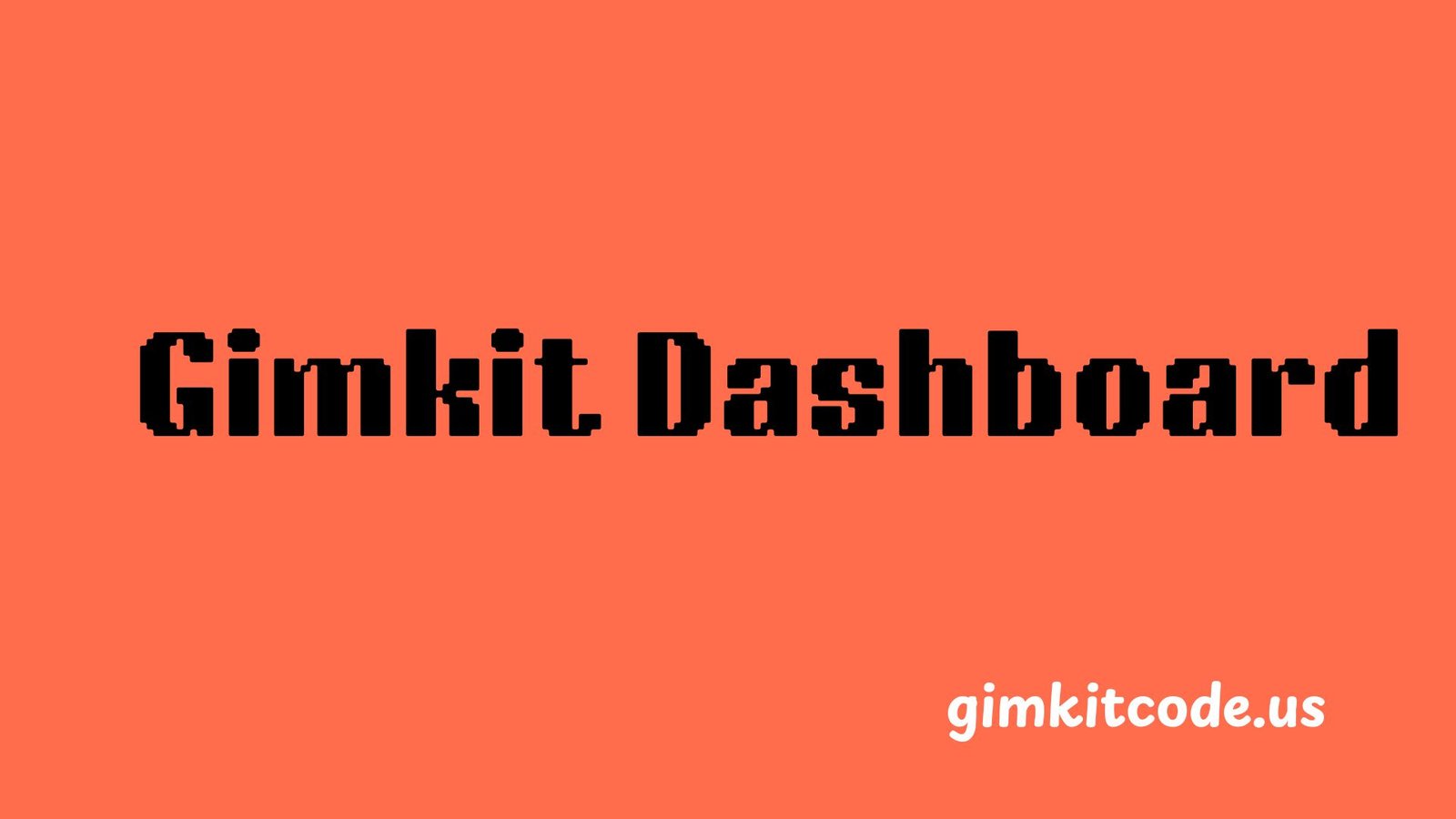
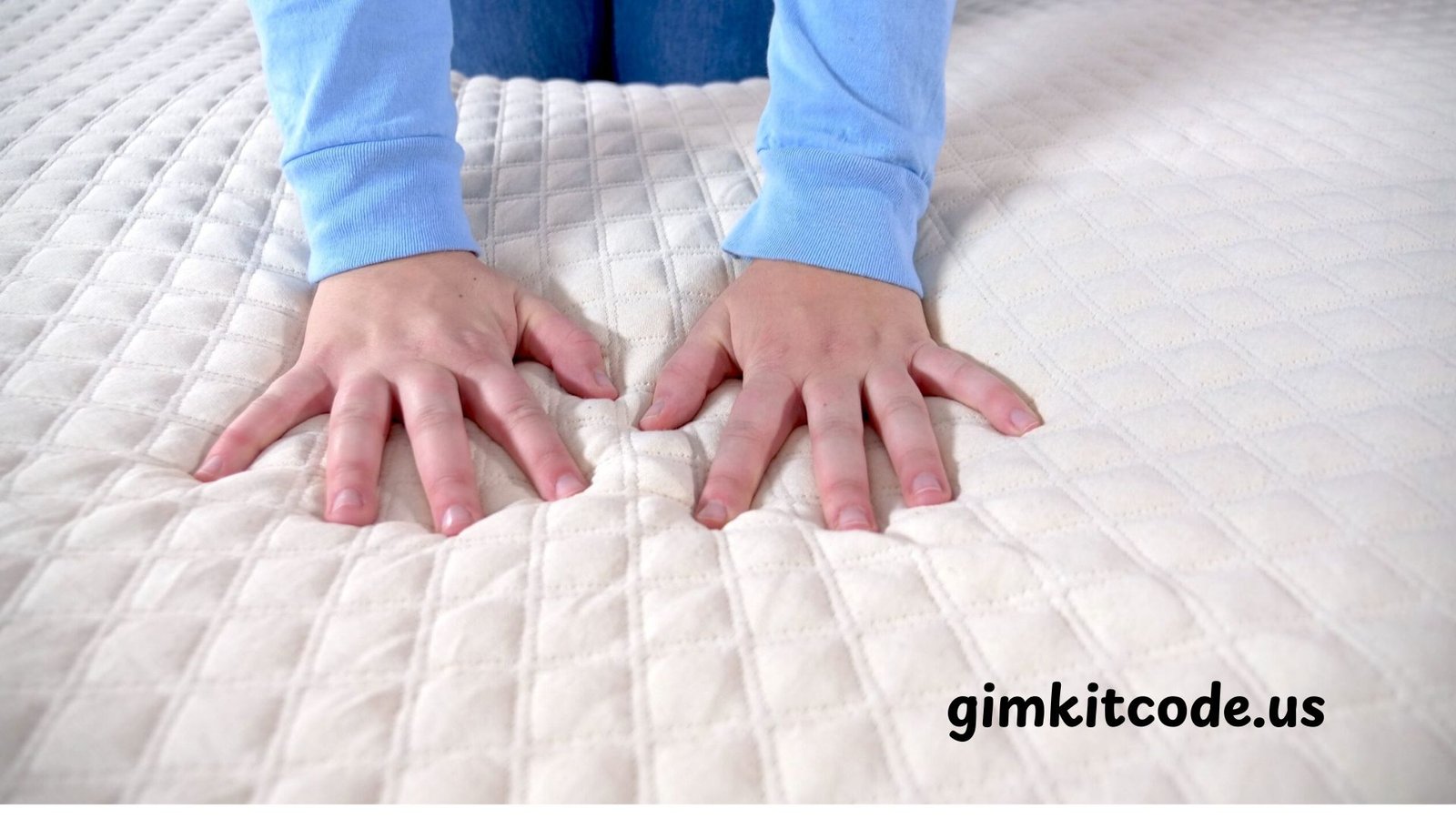
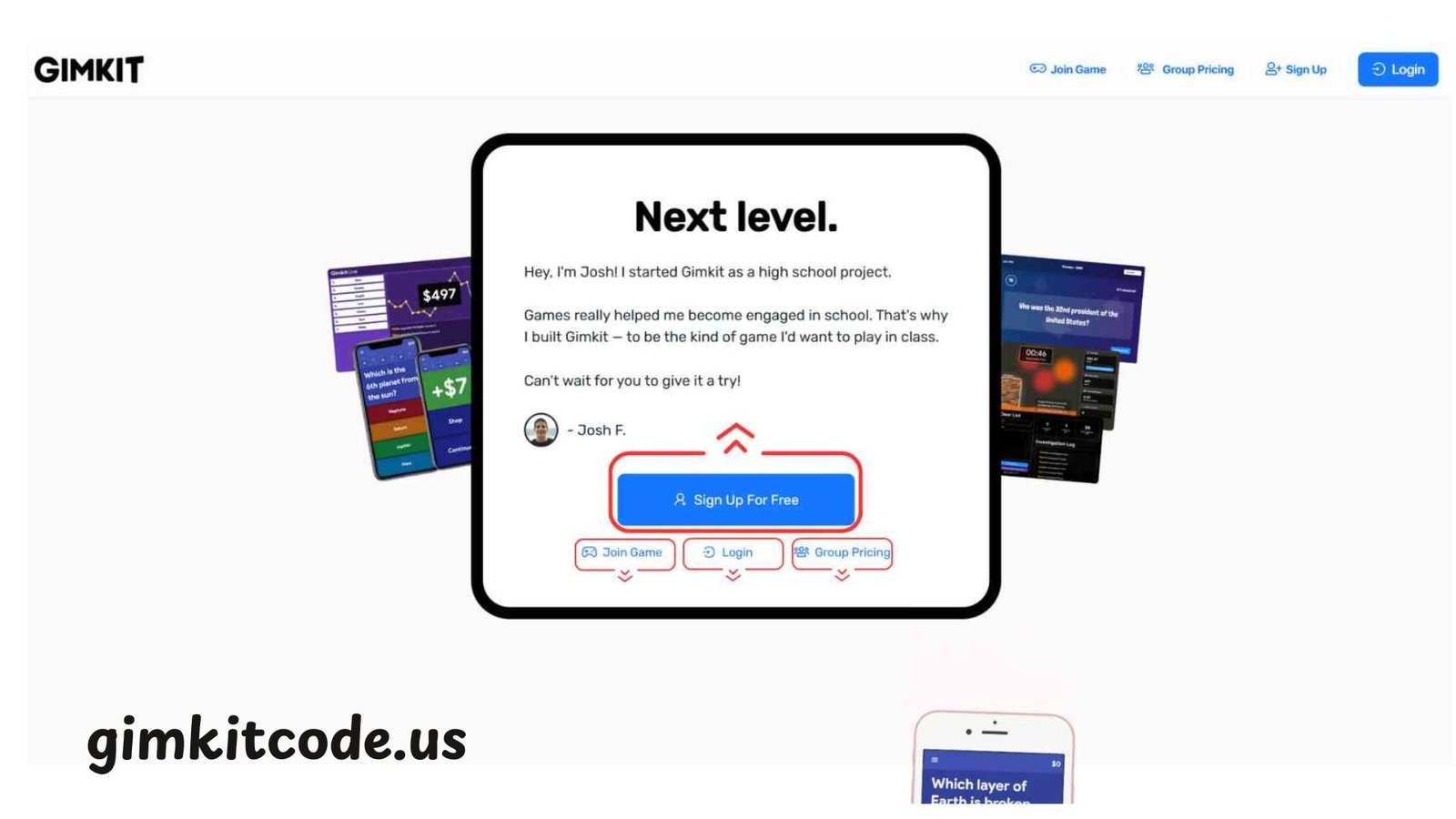
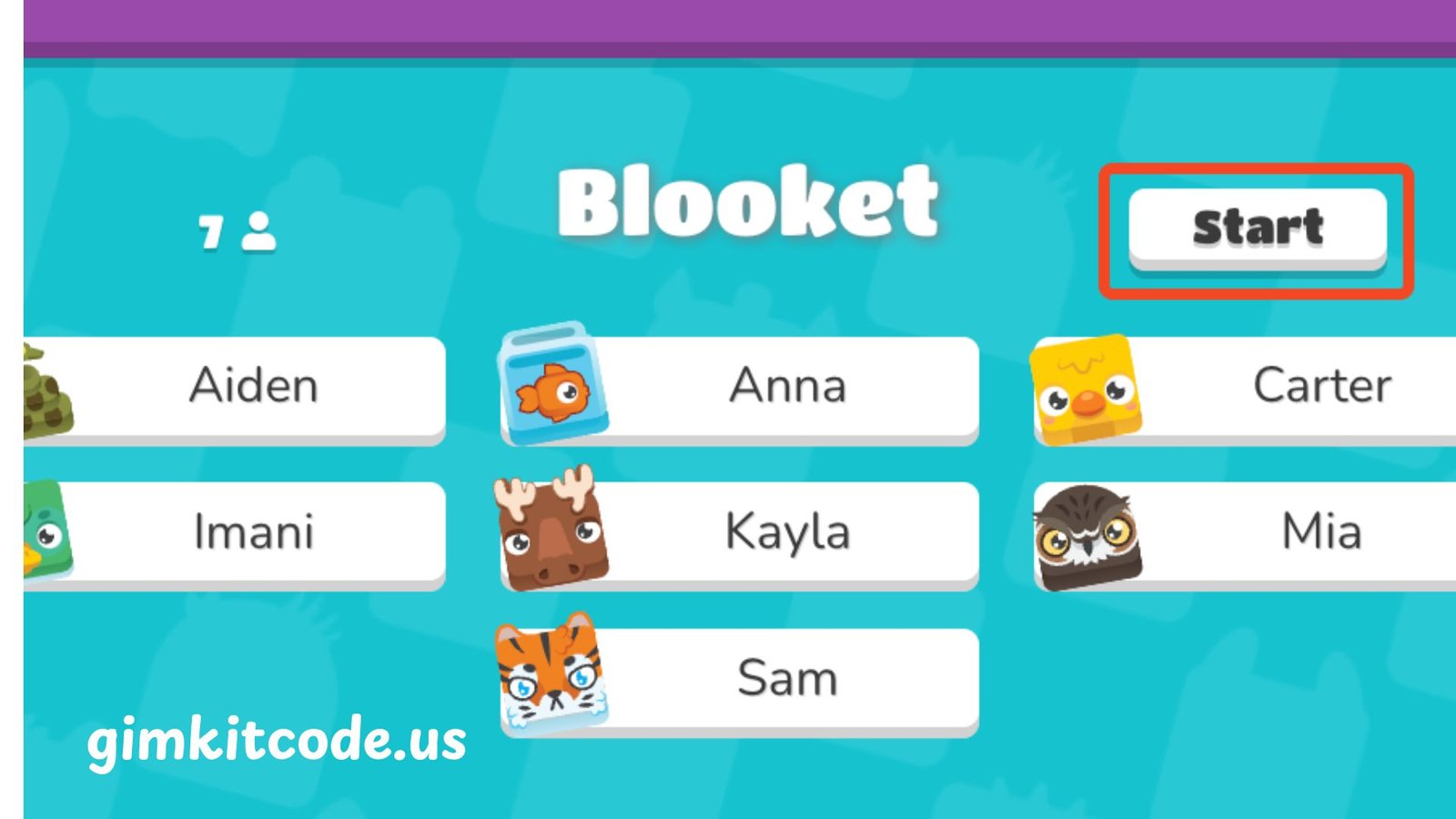
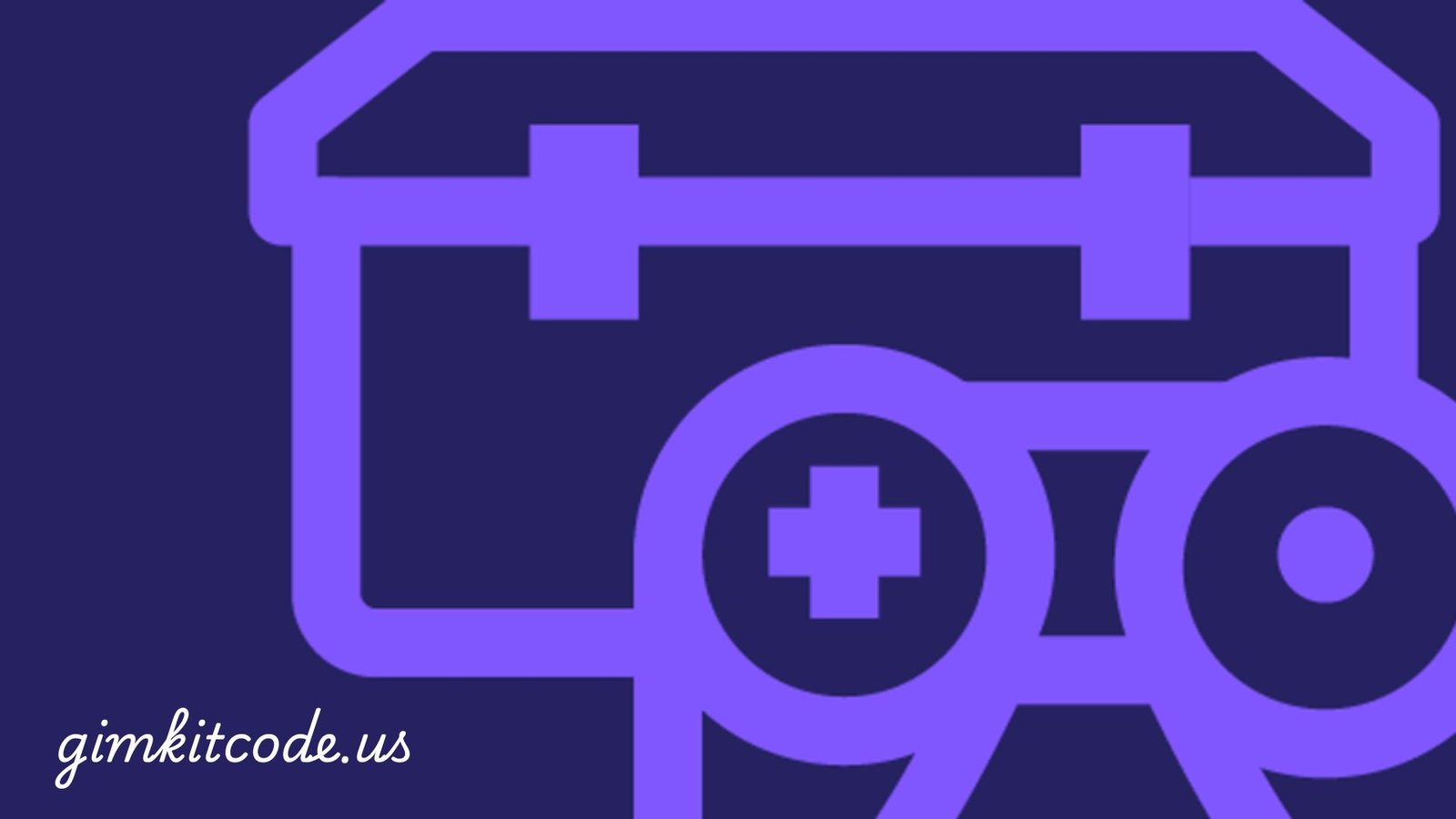

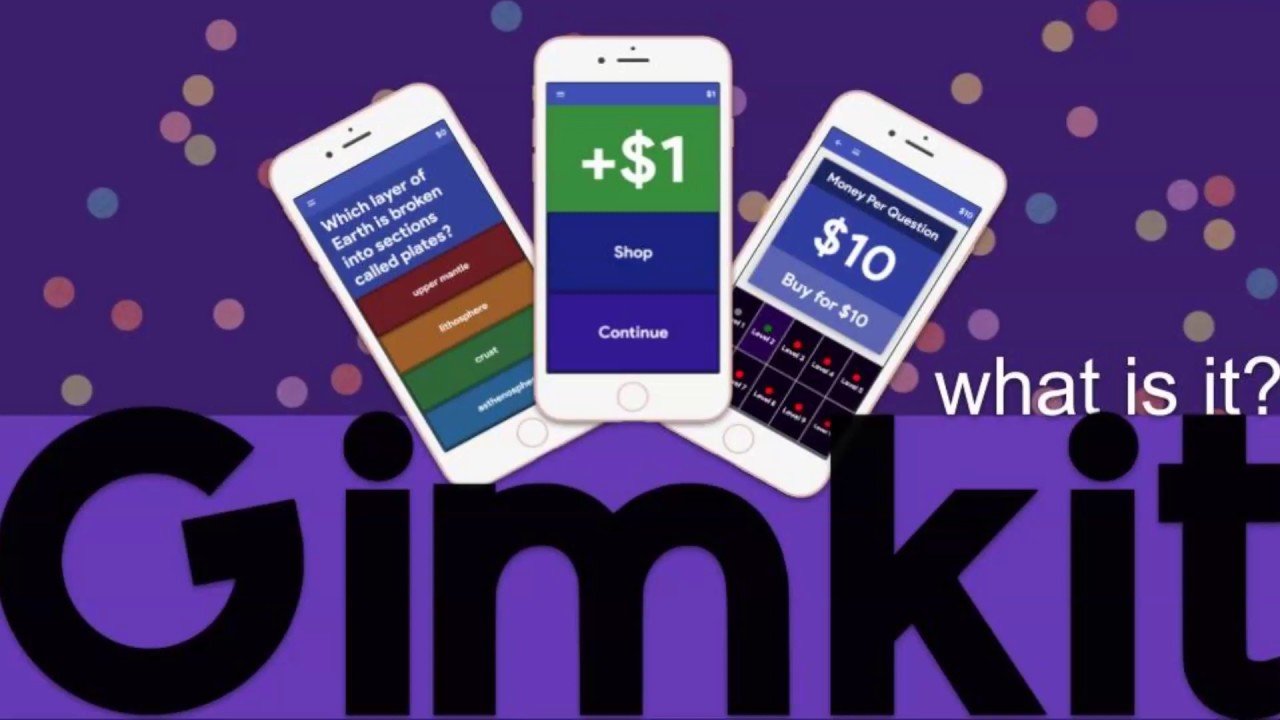
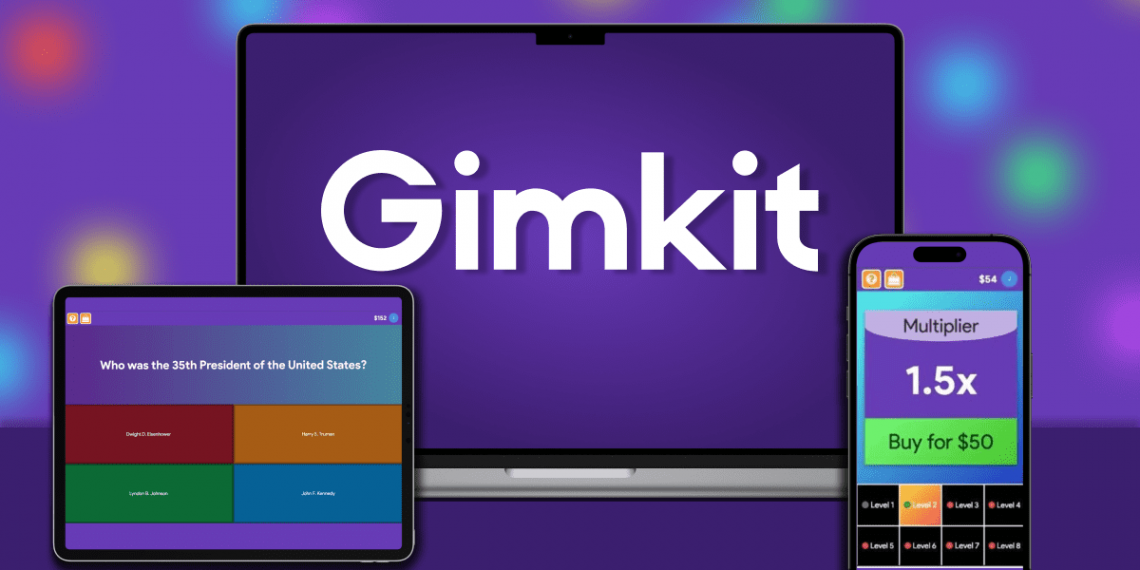




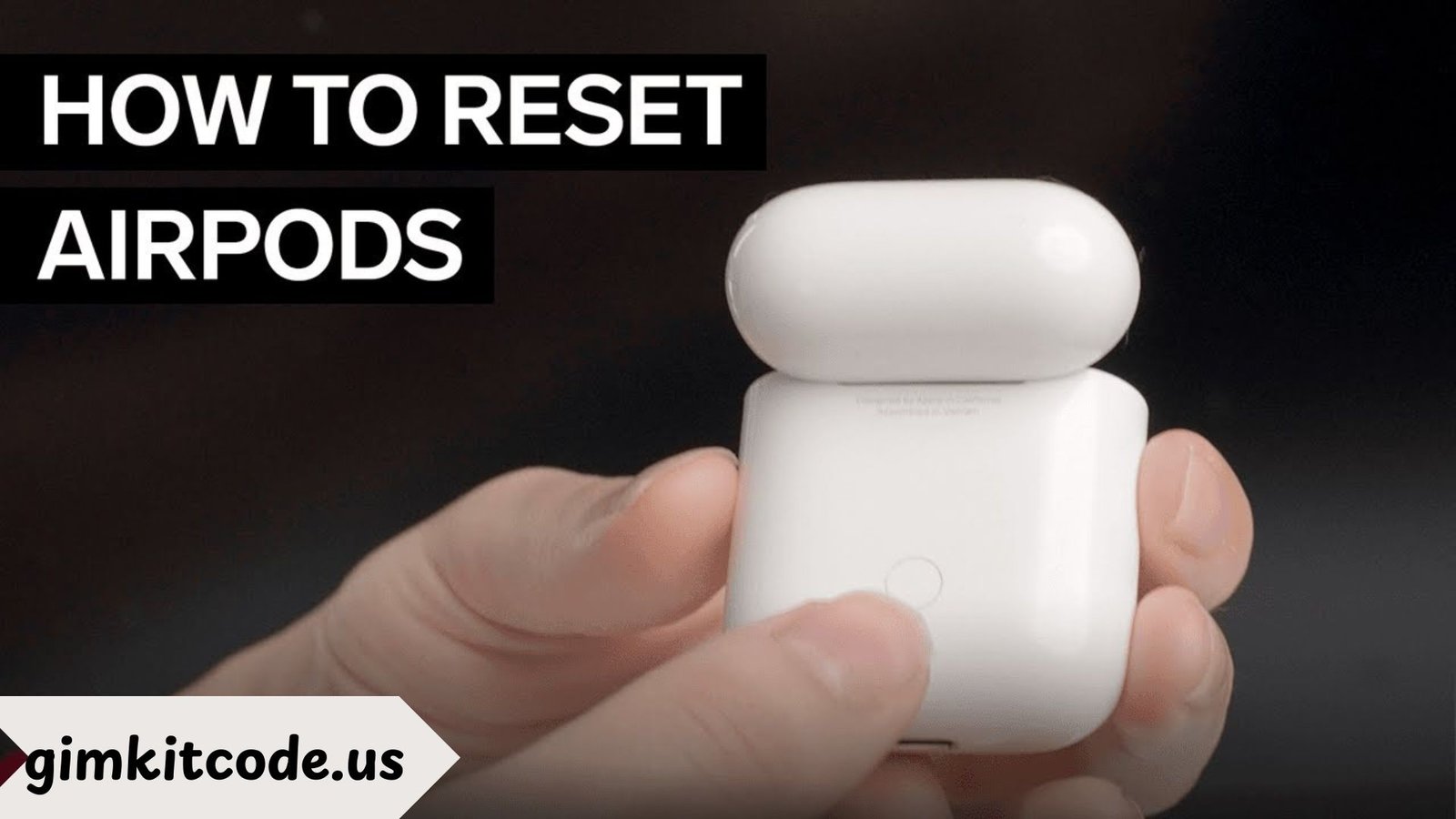

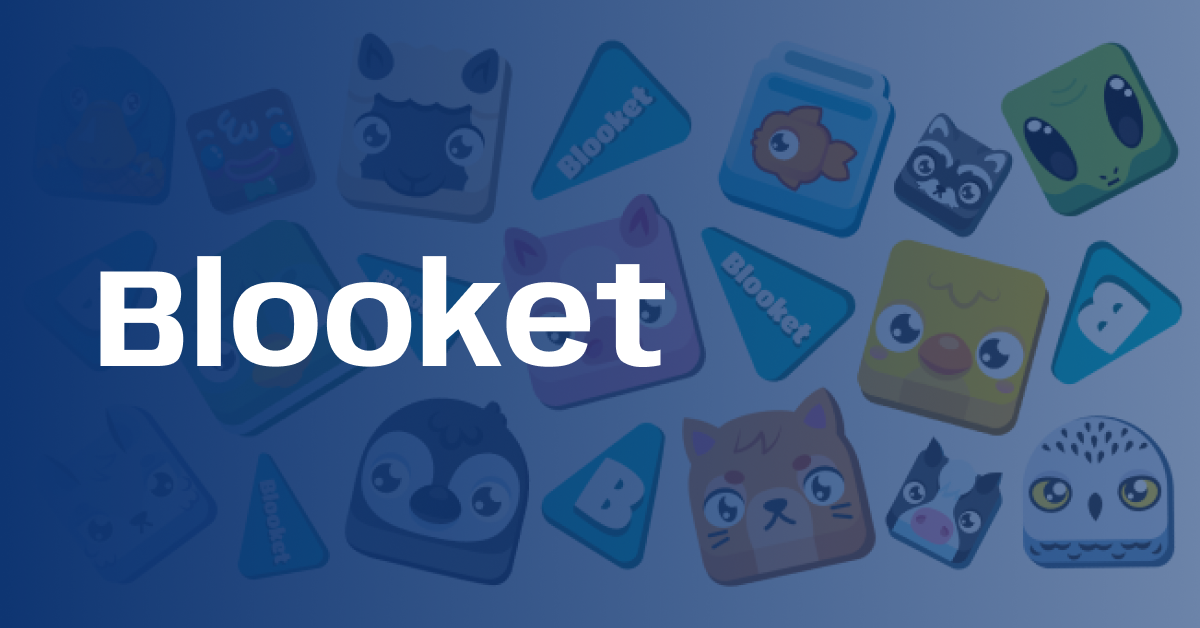
Leave a Reply